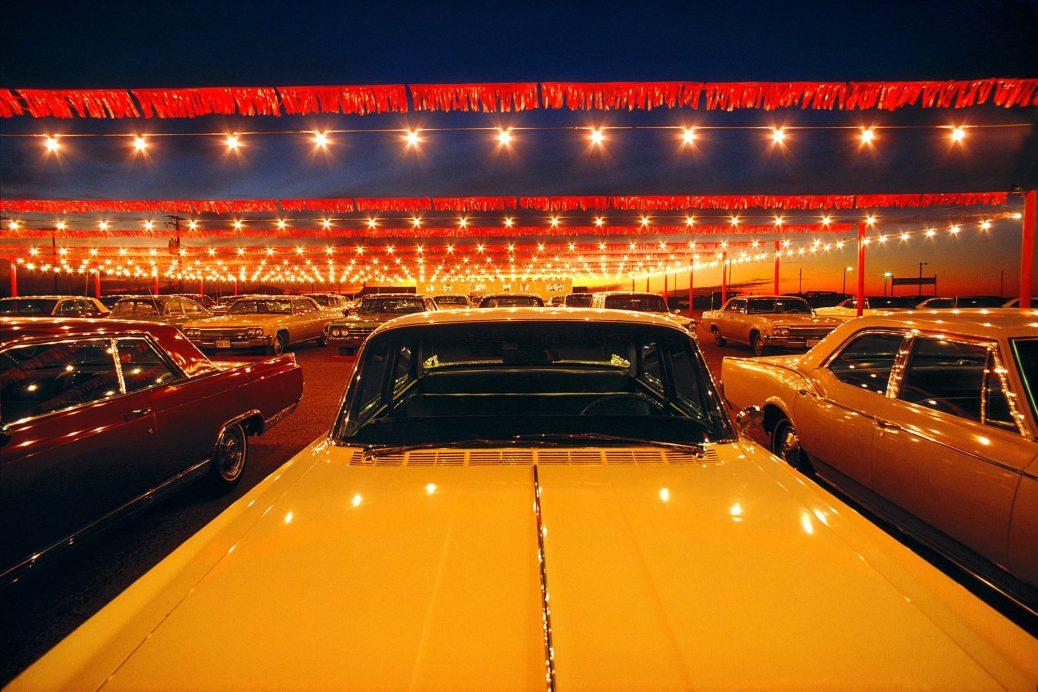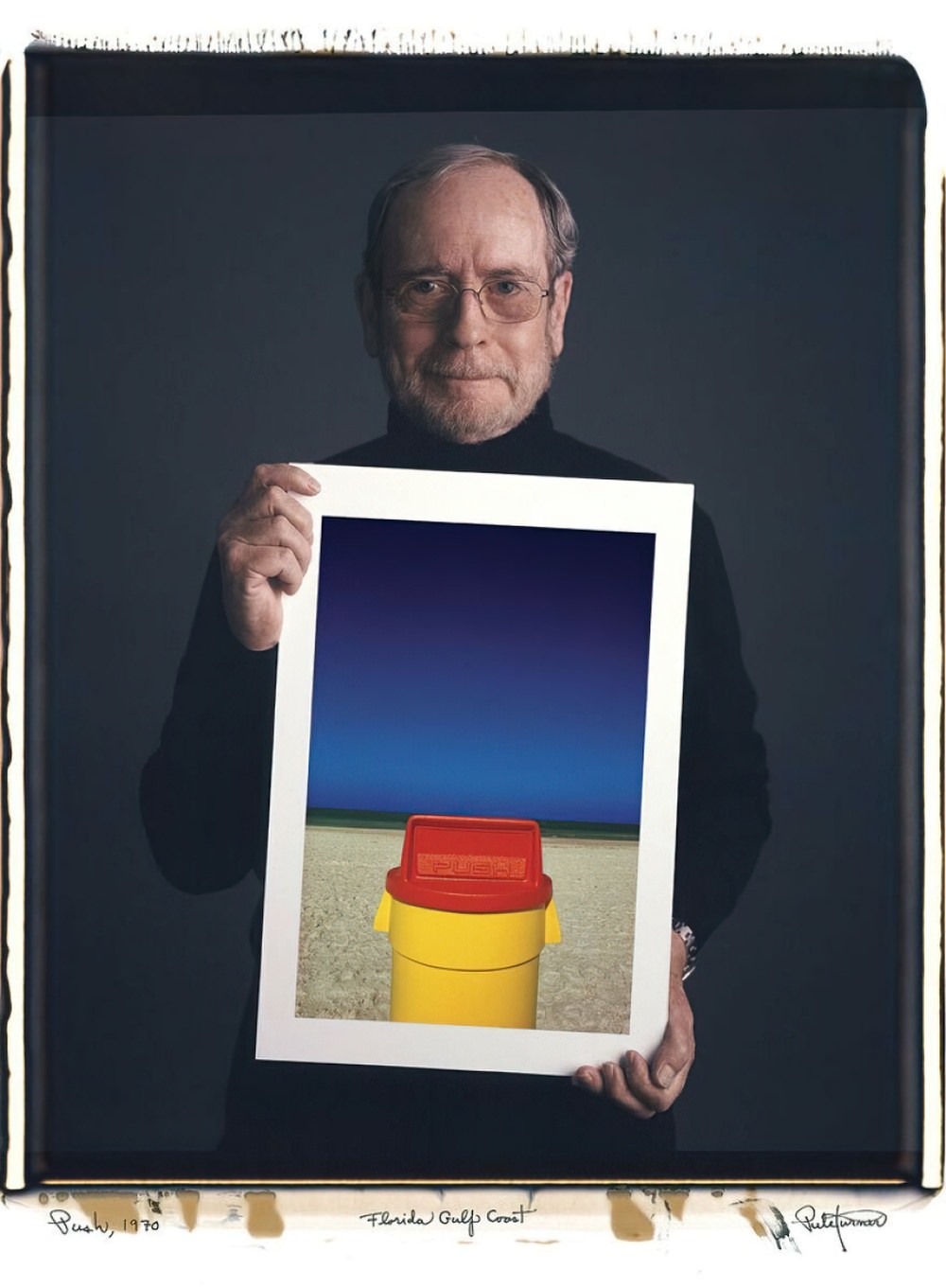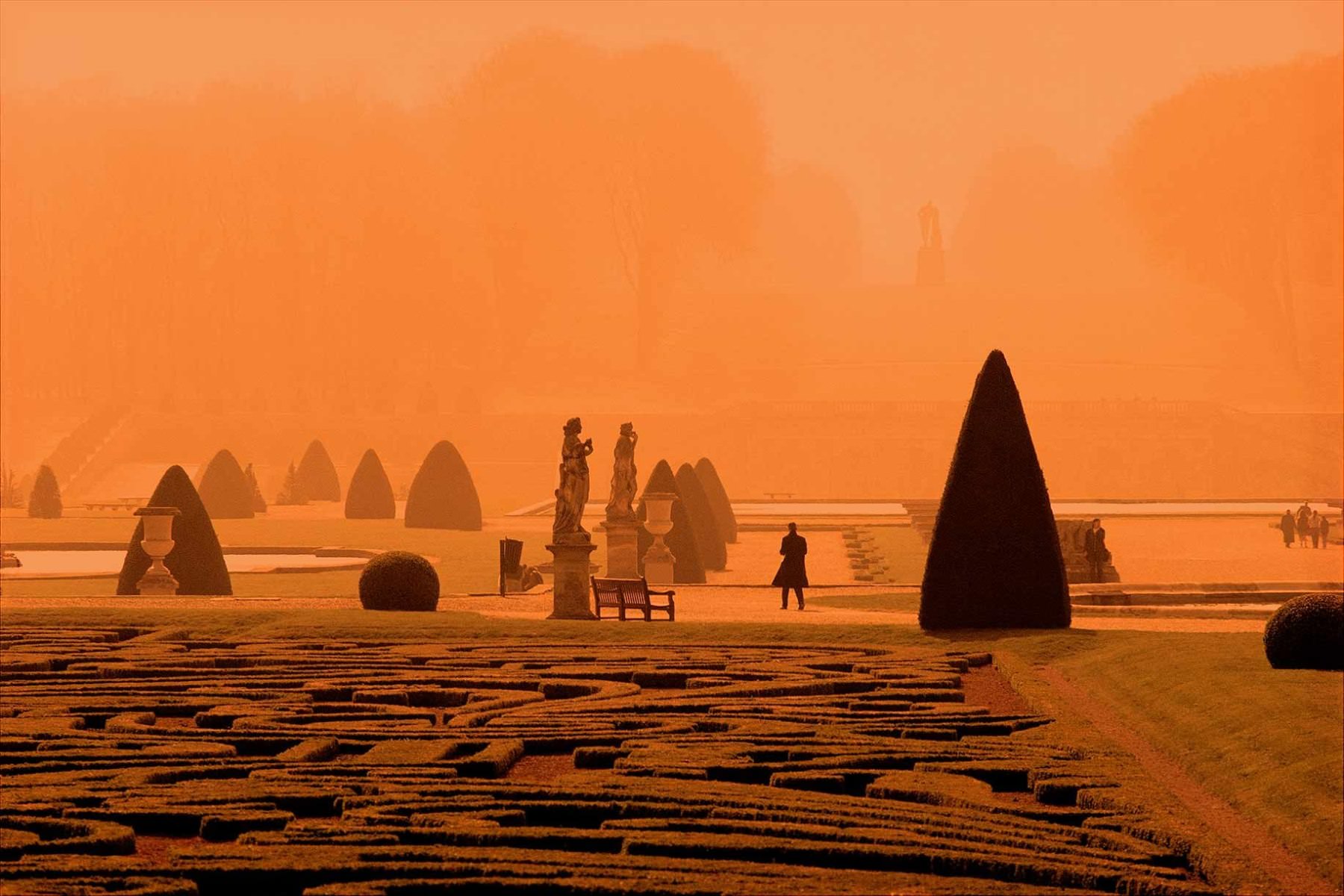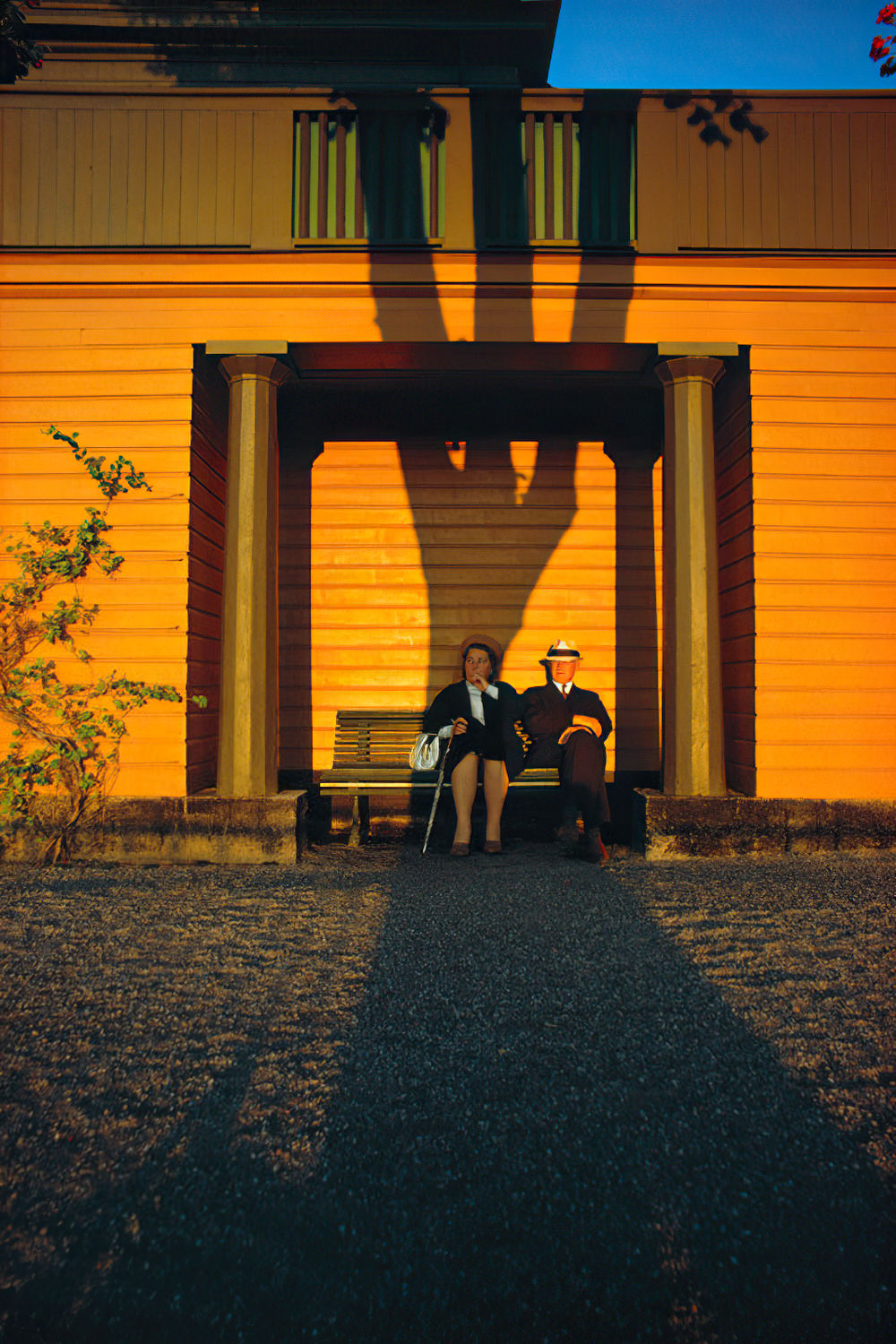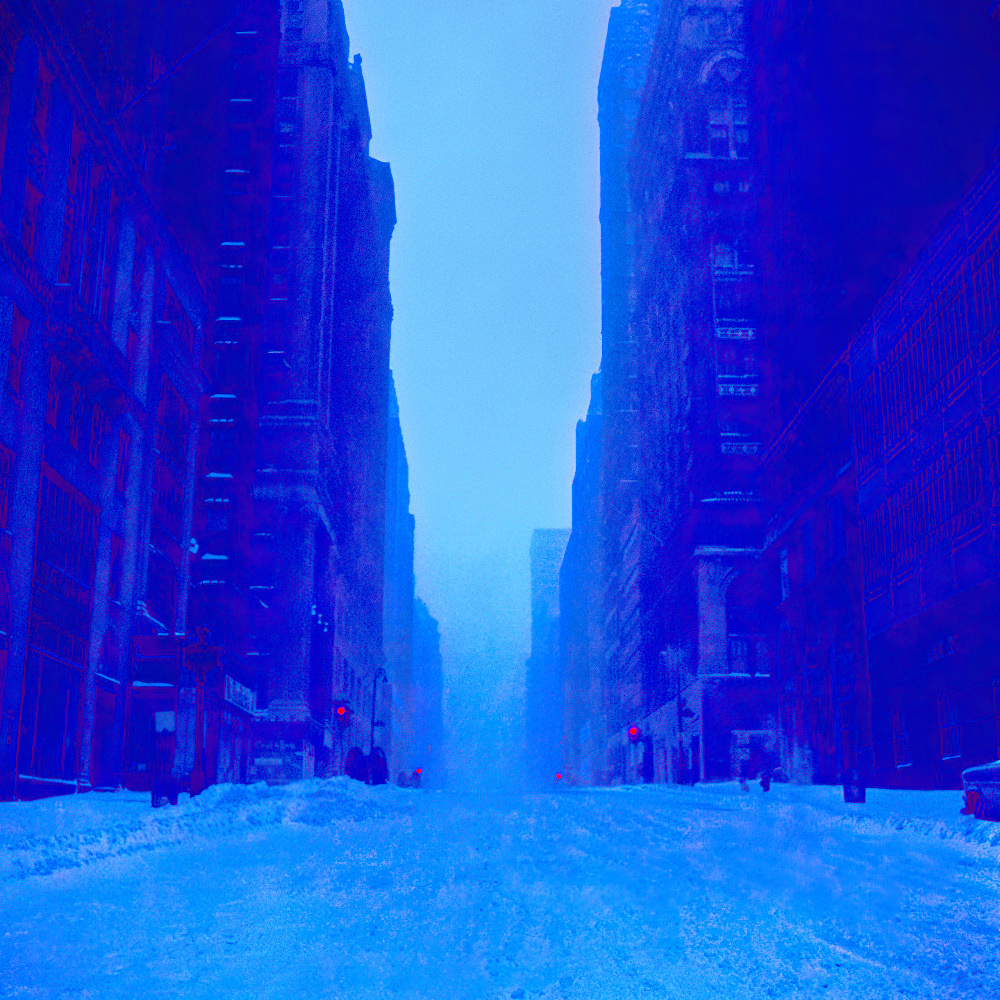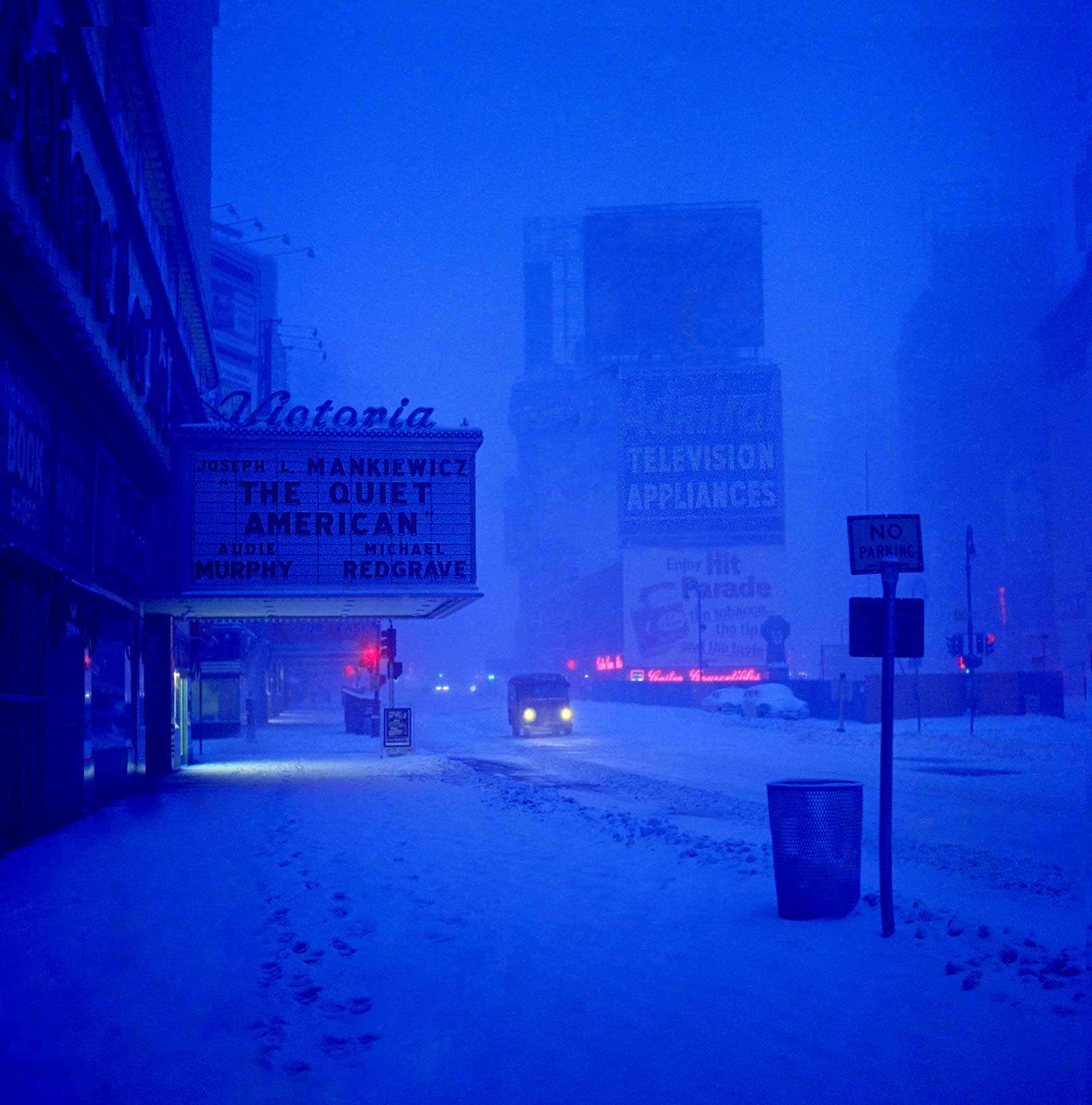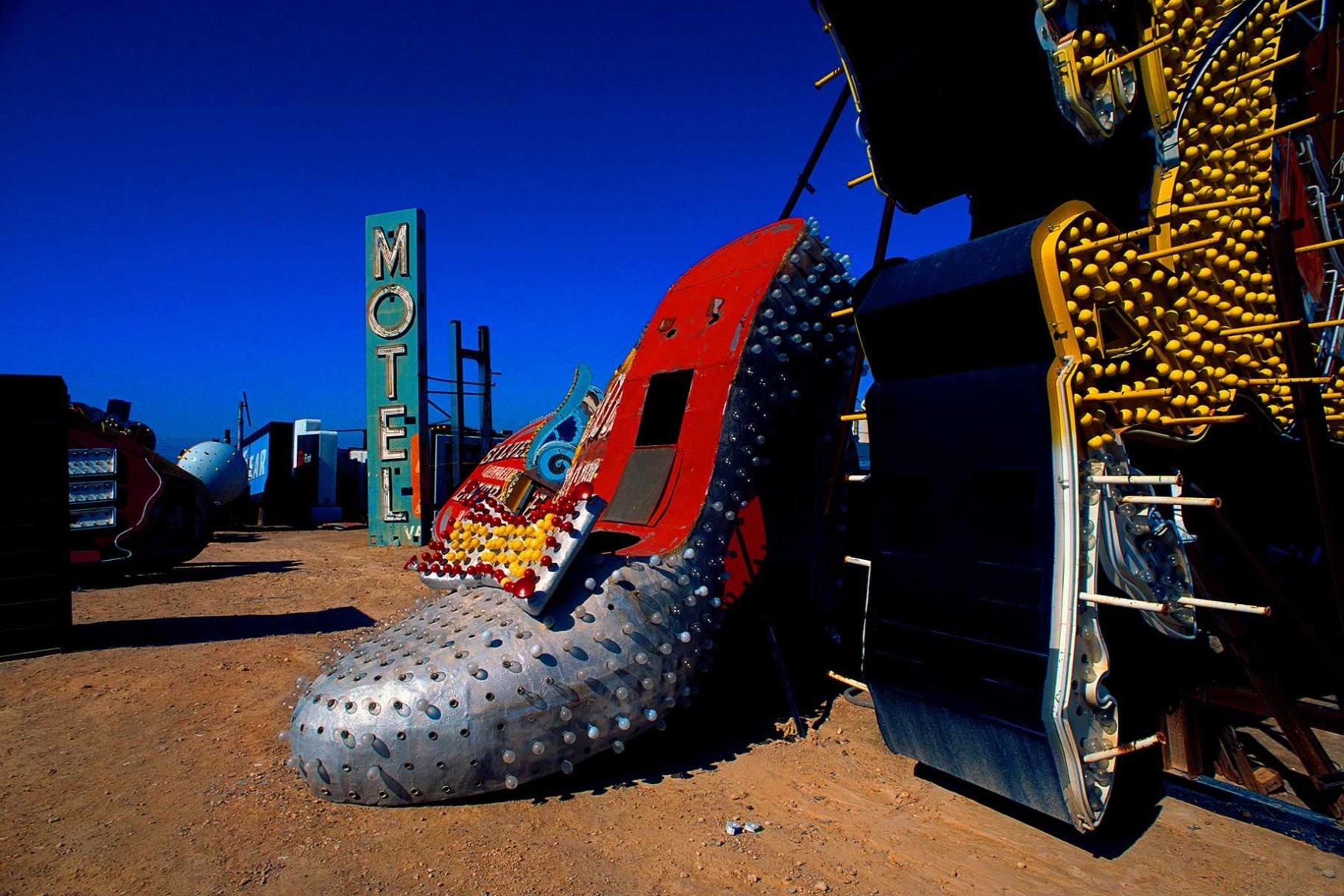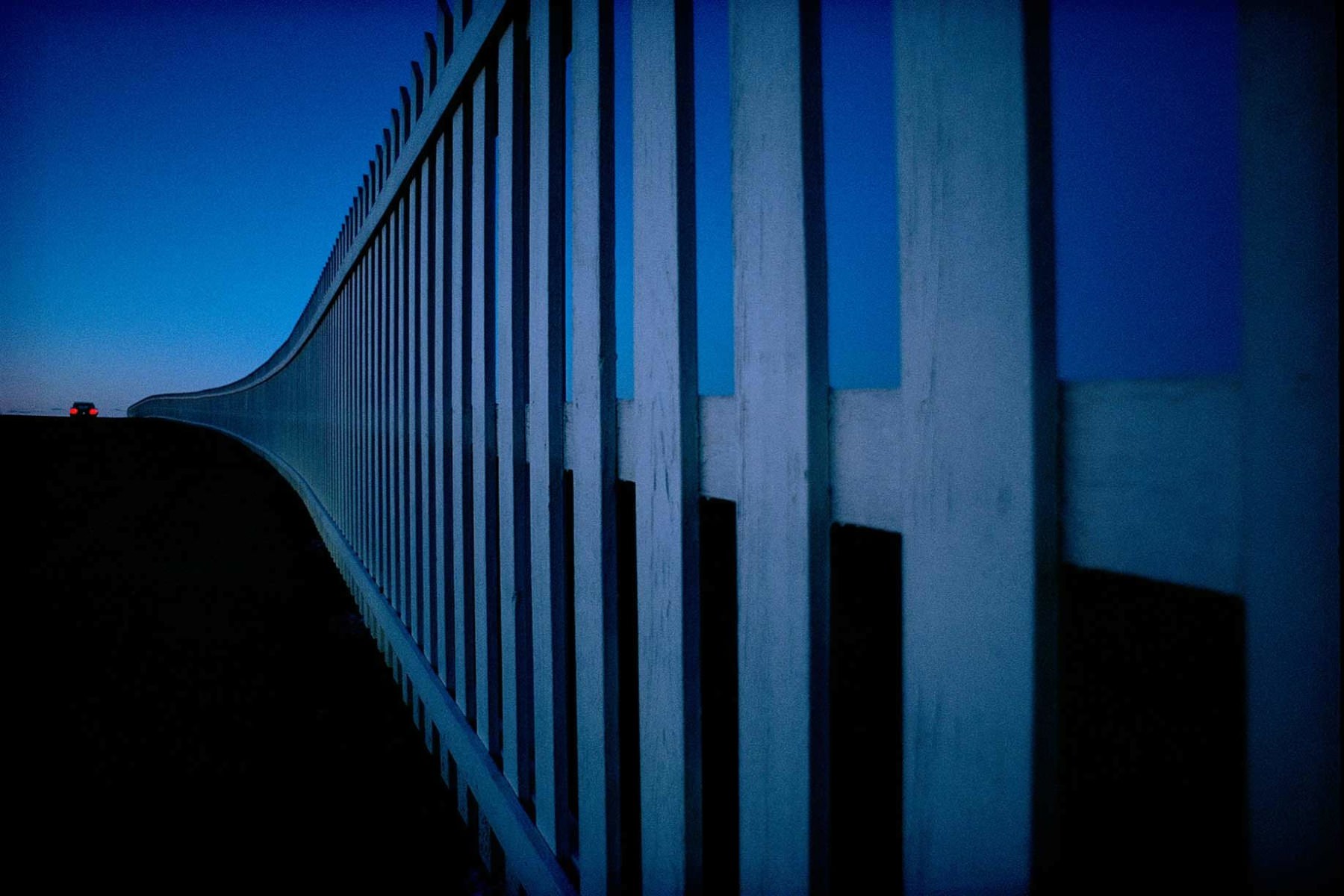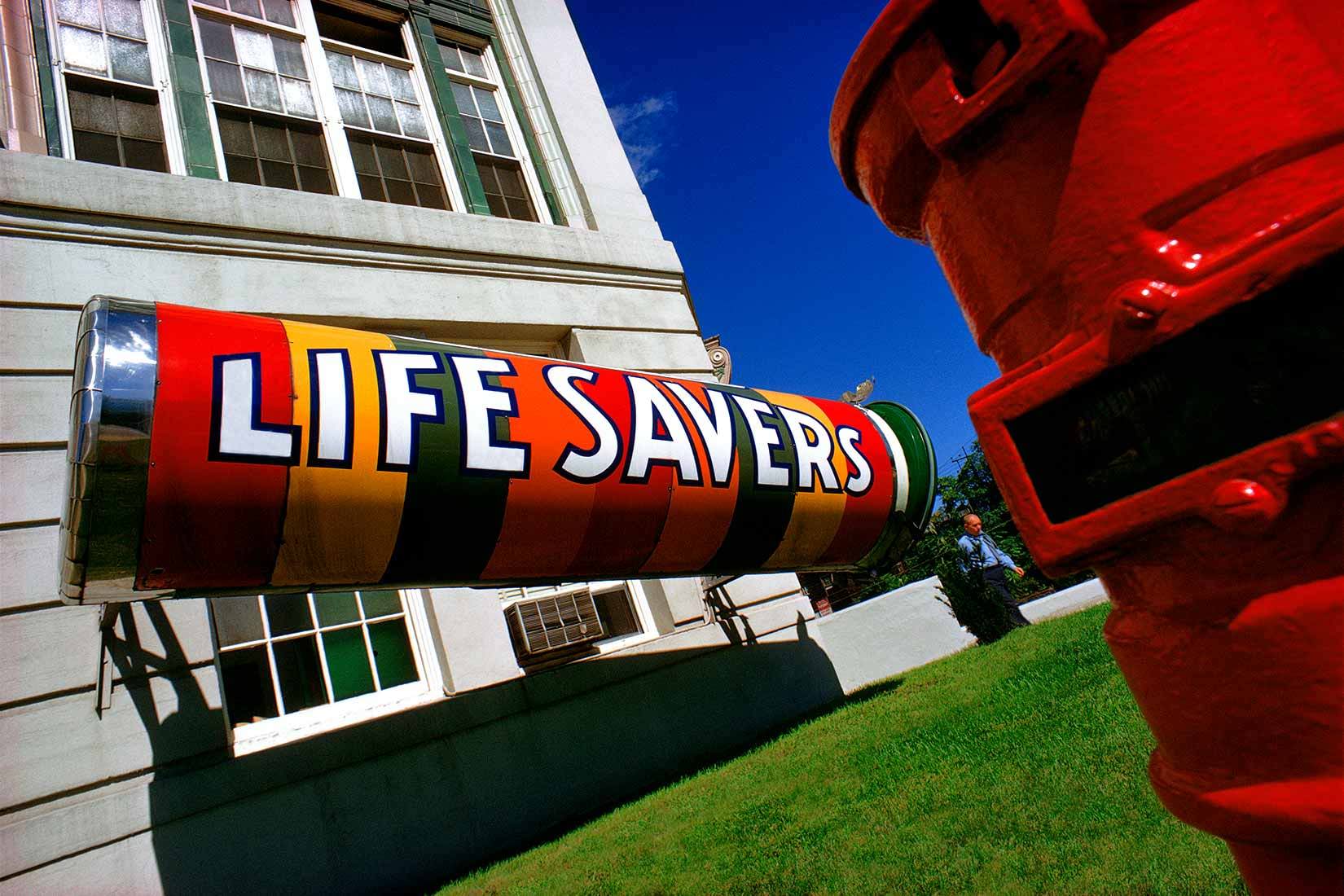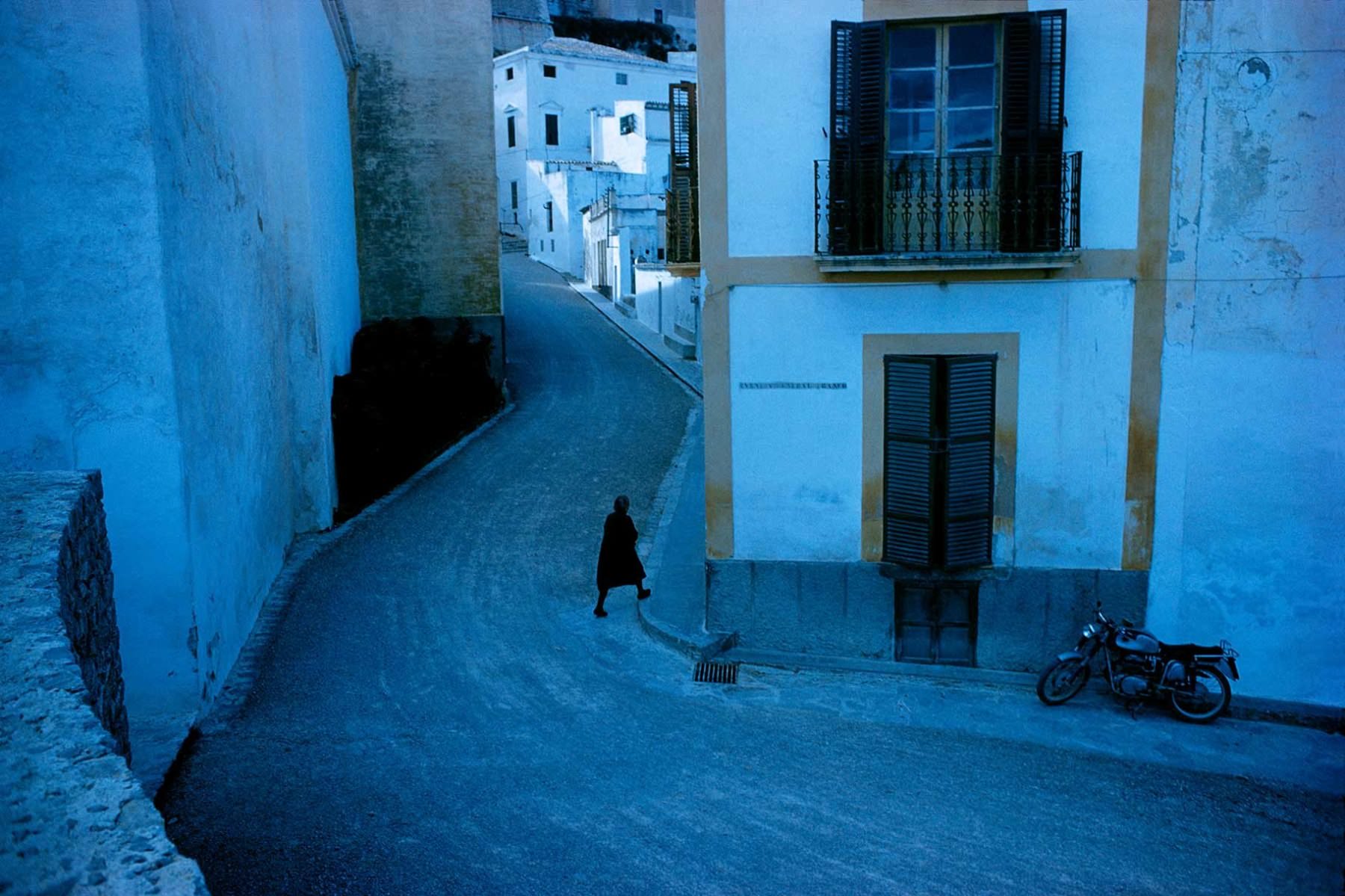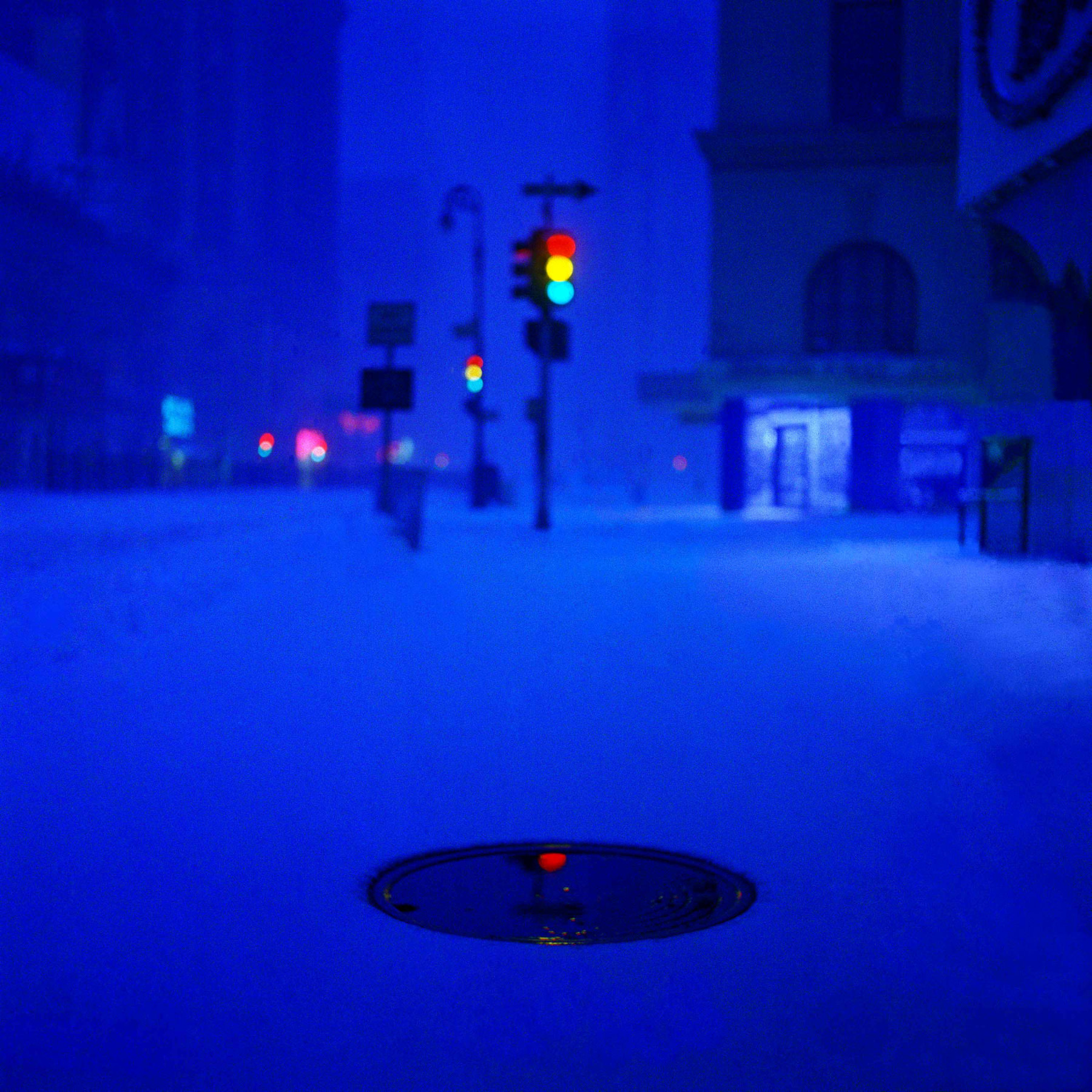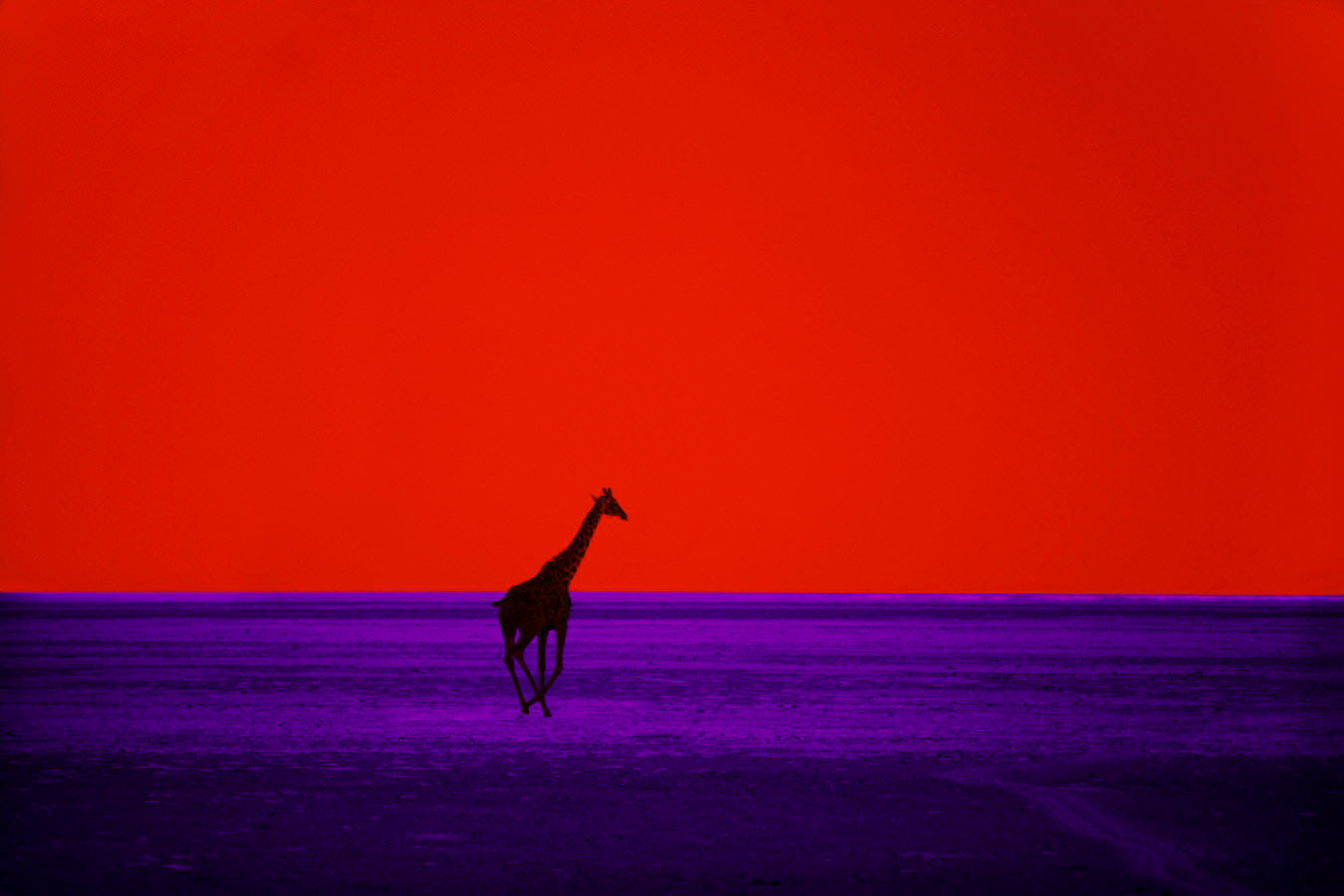Pete Turner: The Color of Light
The Bruce Silverstein Gallery is pleased to present Pete Turner: The Color of Light, an exhibition celebrating one of the pioneers in the history of color photography.
Featuring a selection of Pete Turner’s most iconic photographic images from the 1950s to the late 1990s, The Color of Light showcases many of the artist’s most celebrated works and offers many surprises; is a visual feast of discovery and wonder with images depicting classic America, otherworldly landscapes, and hyper surreal abstractions.
Blending never-before-seen saturated colors with striking and often complex compositions decades before the advent of Photoshop, Turner would not only set a new high bar for the limitations of commercial photography of the day but also came to influence countless artists of his generation and after, including David LaChapelle, Annie Leibovitz, Steve McCurry, Joel Meyerowitz, Martin Parr, and Albert Watson. His reputation and his reach were so significant that in 2000 PDN voted Pete Turner one of the 20 most influential photographers.
About the Author
Pete Turner (1934-2017) began his photography career at Rochester Institute of Technology. After graduation, Turner served with the Second Signal Combat photography team at the Army Pictorial Center in Long Island City. During that time, he began to explore his growing interest in the unknown possibilities of color photography, using the Army Photo Lab to experiment with the C-type color process, which was in its infancy. Turner quickly saw success in his color photography with his first photo essay on Barnum and Bailey Circus in 1958 for Look magazine. Not long after, Turner’s unique images would become ubiquitous, appearing in magazines from Sports Illustrated to Esquire, major advertising campaigns for Bacardi, General Motors and AT&T, and on over 100 album covers ranging from Coltrane, John Coltrane 1962, to the Greatest Hits, Steely Dan, 1978, to Jorge Pescara, Grooves in the Temple, 2005.
Over the next 50 years, Turner developed his unique style of vivid color, often using polarizing filters, color gels, and multiple exposures to produce unnatural effects that bordered on the fantastical and surreal that critic A.D. Coleman would define it as “indescribable otherness”. This was a radical departure for an era that viewed black-and-white photography as far superior to color in maintaining artistic value. However, Turner’s use of color and composition allowed him to capture a wide range of subjects in new and exciting ways.He has photographed everything from jazz musicians to landscapes to abstract compositions, pushing the boundaries of appropriate subject matter for color photography in the commercial and fine art worlds.
“The color palette I work with is really intense,” Turner said in a video produced by the George Eastman House, the Rochester photography museum that exhibited his work in 2006 and 2007’s Empowered by Color. “I like to push it to the limit.”
George Eastman House first purchased his work for their permanent collection, Rolling Ball, in 1960.
In 1967, the Metropolitan Museum of Art exhibited Turner’s most radical image of the time, Giraffe, sending shockwaves through the photographic canon. Giraffe illustrated her growing interest in manipulating color and bringing saturated hues to his work. “Nobody was using primary color photos,” he told PDN in the late 1990s, “and Giraffe is a combination of magenta and red, a very powerful image that manipulates color far beyond what color photographers thought it would. be able to do at that time”. The Metropolitan Museum of Art acquired the photo that same year. Weston Naef, curator of photography at the museum, called him “The Dr. No of color photography” and acquired twelve of his most iconic color transfer prints for the museum.
In 1986, Harry Abrams published Turner’s first monograph, Pete Turner Photographs; in 2000, Gordon Parks wrote the introduction for African Journey, Graphis. In 2006, Rizzoli published a book of his jazz album covers entitled, The Color of Jazz, introduction by Quincy Jones. His work has been shown globally through his advertising campaigns and numerous solo and group exhibitions. He has earned numerous accolades, including the prestigious Outstanding Achievement Award from the American Society of Media Photographers. His work is held in private and public collections, including the Amon Carter Museum of American Art and the Kimbell Museum in Fort Worth, Texas; the Metropolitan Museum of Art, New York, New York; Los Angeles County Museum of Art, Los Angeles, California; the International Museum of Photography at George Eastman House, Rochester, New York; The Maison Européenne de la Photographie, Paris, France; the Tokyo Metropolitan Museum of Photography, Tokyo, Japan; and the International Center of Photography, New York, New York.
Pete Turner: The Color of Light
March 16 – May 13, 2023
Bruce Silverstein Gallery – New York
More info on:

